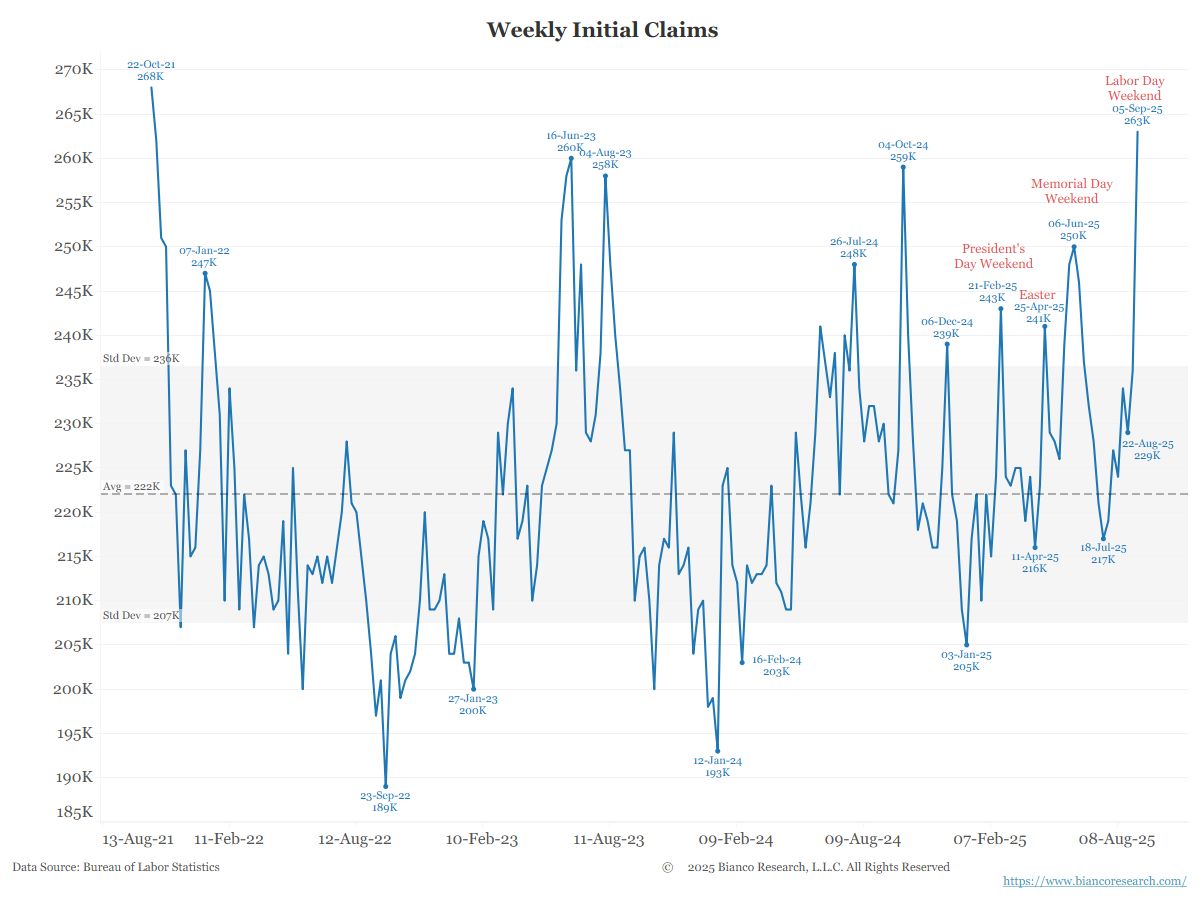An interesting blog post by Jordan Schneider and Irene Zhang linked to an article in Macro Polo discussing the global distribution of AI talent. The graph below is based on the following definition in the Macro Polo article:
We created a unique and rich dataset of researchers with papers accepted at NeurIPS 2019, using that as a proxy for the top-tier (approximately top 20%) of AI research talent
Elsewhere they provide specific percentages for the undergraduate degree locations: China 29%, US 20%, Europe 18%, Canada 5%, UK 4%, Iran 3%, Israel 3%, rest of world 10%.
How should we think about those figures? Notice that the US has only about 4 times as much AI talent as Canada, despite having more than 8 times Canada’s population. On the other hand, the US has only about 2.5 times as many people of Chinese or Indian descent as does Canada. If these two groups are disproportionately represented in the AI field, it might explain why Canada is able to “punch above its weight” in this area. It seems likely that ethnic Asian researchers are also overrepresented in the undergraduate programs of countries beyond China and India, especially Canada, the US and the UK. If so, then although only 37% of top talent comes out of undergraduate programs in China and India, closer to 50% of global top AI talent may be ethnically Chinese or Indian.
Here is Schneider and Zhang:
NeurIPS was global. While most attendees sported American academic or industry affiliations, perhaps less than a quarter of the crowd had native English. My guess is at least 30% of the conference spoke fluent Chinese, with this set evenly split between Chinese and American affiliations. The rest were European or South Asian, with what felt like literal single-digit cohorts of Black and Hispanic researchers. The median age was around 28, reflecting how much new talent has come into the field in recent years. There was perhaps an 80/20 gender split.
To be sure, China and India have combined population of roughly 2.8 billion, but even so those ethnic groups may well be overrepresented in AI relative to their share of the world’s 8 billion people. It’s also worth noting that China is considerably richer than India, and also has a considerably larger share of top talent in the AI field. To summarize:
1. Asians appear overrepresented in AI, especially people of Chinese and Indian descent.
2. Income also seems important. Relative to population, Chinese do better than Indians, and Asians in North American universities seem to do better than Asians in Asian universities.
3. Japan is missing from the list, despite the fact that smaller countries such as Iran, Israel and South Korea show up on the list. Adjusted for population, the representation of Iranians and Israelis is even more impressive than ethnic Chinese and Indians.
The graph above also shows that talent tends to migrate toward the US after graduation. The Macro Polo article has another table that gives percentages of where these top researchers work today, which shows even further consolidation: US 59%, China 11%, Europe 10%, Canada 6%, UK 4%, others 10%. Based on those figures, Canada is the only country where the share of talent relative to population is even close to that of the US. (Perhaps Israel might also qualify.) This suggests one important benefit of Canada’s immigration policy, which has clearly attracted substantial tech talent.
[As an aside, I just saw the film Blackberry, which is an amusing look at a Canadian tech firm struggling to compete with American megacap firms.]
Nonetheless, it is hard for any country to compete with the US for both institutional reasons (our regulatory and tax laws are favorable to new tech companies) and the advantages associated with “network effects” (lots of AI talent collaborating in locations such as Silicon Valley.)
To summarize, tech talent first arises in places with the right cultural attitudes toward STEM education and the resources necessary to educate that talent. The talent then migrates toward the places where it can be used most productively—especially the US.
Ironically, this AI talent is engaged in a quest to produce non-human intellectual talent. Predicting the long run effect of that search is far above my pay grade, but I can’t help thinking the effects will be both unexpected and profound.
PS. Bloomberg has an interesting article discussing the wave of immigration that is occurring at the southern border. Apparently, it’s not just Central Americans intending to be farm workers:
The migrants are part of a growing number of the Chinese middle class on the run from an economic slowdown. They include entrepreneurs who saw business evaporate in the downturn, middle-aged fathers laid-off from China’s collapsing real-estate sector and young software engineers eager to make it in Silicon Valley. . . .
Data from the Department of Homeland Security shows the number of people with passports from mainland China crossing the US border without the proper paperwork has more than doubled in recent years. Almost 60,000 Chinese migrants have been detained for crossing the border illegally in the past 14 months, almost a quarter of them in California.
Lots of people believe the surge of immigration is due to the US having an “open door” policy. Lax policy might explain a part of the surge, but illegal immigration at the southern border also surged in 2019, a boom year. I suspect the actual reason is a strong labor market with relatively high wages (by international standards.)















